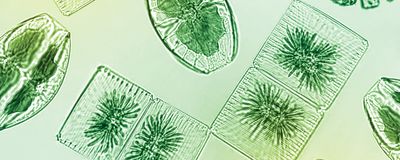endosymbiosis
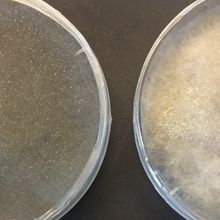
Bacteria Sink in Their TALons to Control Their Host
Shelby Bradford, PhD | Aug 1, 2024 | 2 min read
Endosymbionts use effector proteins to hijack their fungal host’s ability to produce spores.
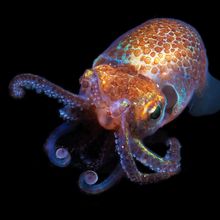
Symbiotic Organs: Extreme Intimacy with the Microbial World
Catherine Offord | Oct 3, 2022 | 10+ min read
All multicellular creatures interact with bacteria, but some have taken the relationship to another level with highly specialized structures that house, feed, and exploit the tiny organisms.
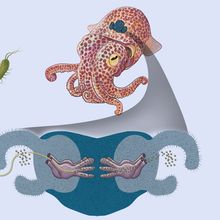
Infographic: Symbiotic Organs Bring Hosts and Microbes Closer
Catherine Offord | Oct 3, 2022 | 2 min read
Specialized structures in plants and animals help attract and mediate communication with bacterial symbionts.
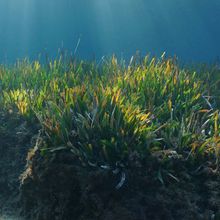
Marine Plant Partners with Microbes Like Terrestrial Plants Do
Rachael Moeller Gorman | Mar 14, 2022 | 3 min read
A seagrass relies on symbiotic bacteria inside its roots to fix nitrogen. This is the first time scientists have demonstrated that this relationship occurs in a marine plant.
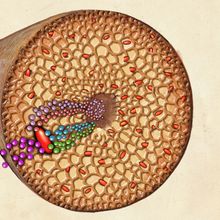
Infographic: Nitrogen-Fixing Bacteria Live Inside Seagrass Roots
Rachael Moeller Gorman | Mar 14, 2022 | 1 min read
Researchers can now explain how some marine plants obtain their nitrogen.
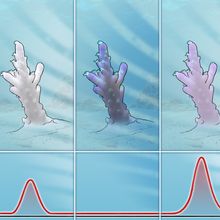
Infographic: How Corals Remember the Past, Prepare for the Future
Amanda Heidt | Feb 14, 2022 | 1 min read
Scientists have documented examples of corals “remembering” prior exposure to heat stress in the field, and are now simulating these phenomena in the lab to better understand their cellular and molecular underpinnings.

Environmental Memory: How Corals Are Adjusting to Warmer Waters
Amanda Heidt | Feb 14, 2022 | 10+ min read
Corals that previously experienced heat stress respond better the next time around. Researchers are trying to figure out how, and hope to one day take advantage of the phenomenon to improve coral restoration efforts.
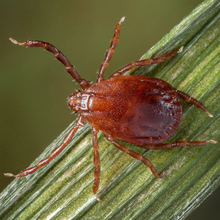
Bacterial Symbionts Tell Ticks When to Eat
Abby Olena, PhD | Oct 1, 2021 | 3 min read
The endosymbiont Coxiella affects tick serotonin production and subsequent blood-feeding behavior, a study finds.
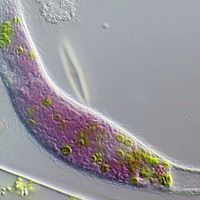
A Protist Hosts Both Green Algae and Purple Bacteria Symbionts
Abby Olena, PhD | Jun 11, 2021 | 3 min read
Having two different endosymbionts may allow the ciliate Pseudoblepharisma tenue to live in both oxygen-rich and oxygen-poor zones of the muddy bogs of southern Germany.

Forest Fungi Ride Out Wildfires by Hiding Inside Plants
Annie Greene | Apr 1, 2020 | 5 min read
Researchers uncover the “body-snatching” tactics of fungi that flourish immediately after wildfires.

Viruses Mediate Interactions Between Bacteria and Sponges: Study
Catherine Offord | Jan 13, 2020 | 3 min read
A newly identified group of viruses may help suppress eukaryotes’ immune response and promote tolerance of endosymbiotic bacteria.
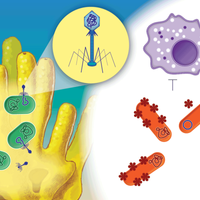
Infographic: Phage Protein Helps E. coli Evade Mouse Immune Cells
Catherine Offord | Jan 13, 2020 | 1 min read
Researchers suggest the viruses can help endosymbiotic bacteria get along with their hosts.
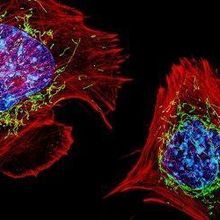
Mitochondria’s Bacterial Origins Upended
Shawna Williams | Apr 25, 2018 | 3 min read
Contrary to some hypotheses, the organelles did not descend from any known lineage of Alphaproteobacteria, researchers find.
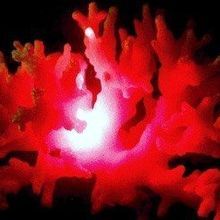
Light Scattering Varies Among Corals
Ashley P. Taylor | Jul 13, 2017 | 3 min read
A new study reports which types of corals make the most of the sunlight they receive.
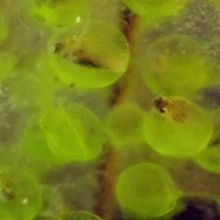
Image of the Day: Green Eggs
The Scientist | May 18, 2017 | 1 min read
Spotted salamander (Ambystoma maculatum) embryos are tinted green by the oxygen-producing algae (Oophila amblystomatis) that grow inside.

Opinion: Life’s X Factor
Nick Lane | Aug 4, 2015 | 4 min read
Did endosymbiosis—and the innovations in membrane bioenergetics it engendered—make it possible for eukaryotic life to evolve?

Contributors
Molly Sharlach | Dec 1, 2014 | 3 min read
Meet some of the people featured in the December 2014 issue of The Scientist.

Book Excerpt from One Plus One Equals One
John Archibald | Nov 30, 2014 | 3 min read
In Chapter 7, “Green Evolution, Green Revolution,” author John Archibald describes how endosymbiosis helped color the Earth in a verdant hue.
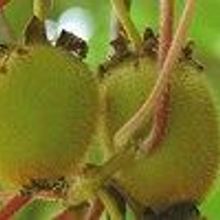
Genome Digest
Abby Olena, PhD | Nov 18, 2013 | 5 min read
What researchers are learning as they sequence, map, and decode species’ genomes
